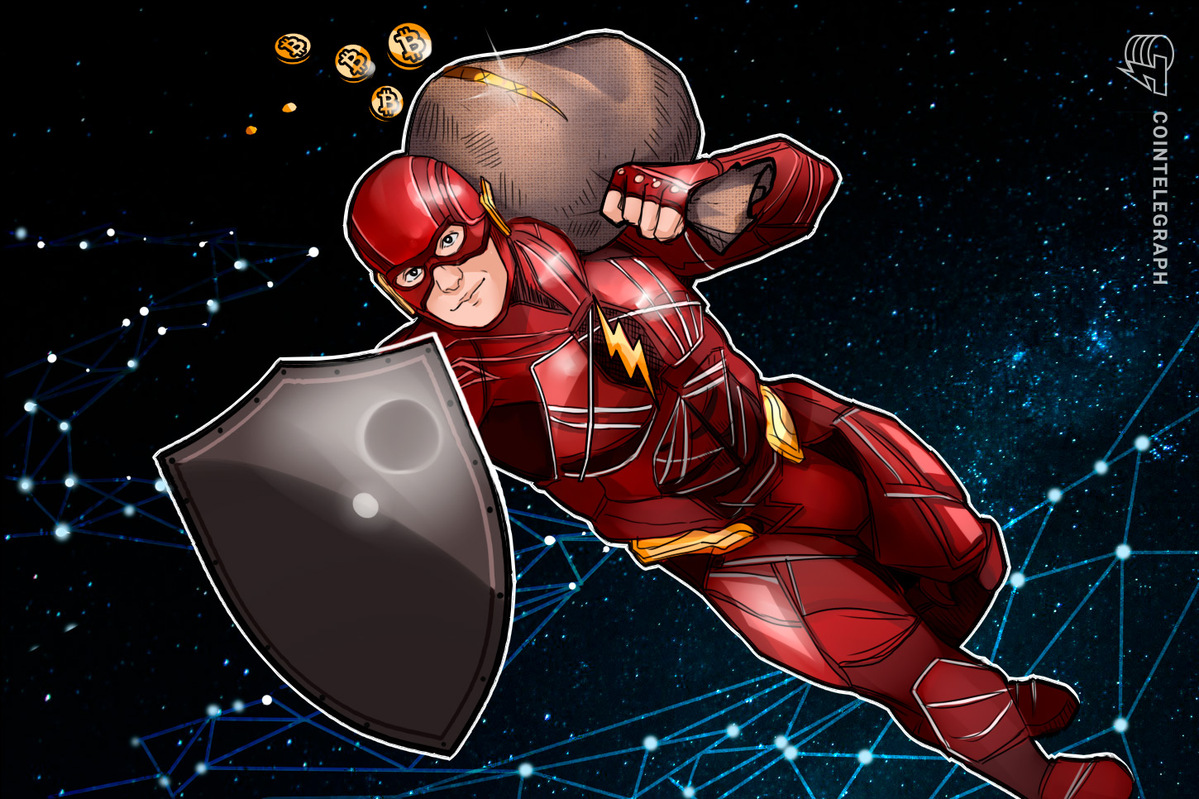The wholesale embrace of Application-Specific Integrated Circuits (ASIC) mining for Bitcoin (BTC) could increase the cost of a 51% attack by a factor of up to 2,000.
Rod Garratt University of California Santa Barbara presented the research he co-authored with Maarten van Oordt from the Bank of Canada at the Unitize conference on July 10.
It examined the varying costs of a 51% attack on the Bitcoin network based on the type of equipment used to secure the network. The research suggests by simply switching the network 100% ASIC miners ongoing security can be enhanced greatly.
The main reason is because ASIC miners have little use, and little value, outside of Bitcoin mining and an attacker would not be able to obtain much of a return from the sale of equipment used in an attack. Consequently, in order to perform a profitable attack, they would need to double spend a much higher volume of coins, which is more costly and difficult to do.
The research estimated that for an attack occurring after the next halving to be profitable, it would require between 157,000 - 530,000 Bitcoin if 100% ASIC mining was in place.
What is a 51% attack?
A 51% attack is when a malicious participant seeks to manipulate a blockchain network by controlling 51% of the mining power (this is the minimum needed to accept new blocks). The attacker then creates an alternate chain of blocks to the ‘real’ chain, and transitions the rest of the network to accept the new, manipulated chain as the correct one.
The most common use-case for this style of attack is to spend the same coins twice, commonly referred to as a double spend.
Concerns over Bitcoin’s security
Some in the Bitcoin community are adverse to ASIC miners, which caused a hard fork in 2017 that resulted in ASIC-resistant Bitcoin Gold being created. Garratt said this was why Bitcoin Gold had a number of successful 51% attacks resulting in the double-spend of $18 million in coins, while Bitcoin is yet to receive its first successful attack. However, it is vastly more expensive to attack Bitcoin, which is also a big factor.
Some Bitcoin network participants are concerned over the long term security of the blockchain network as block rewards are replaced with transaction fees, he explained, which leaves miners relying on transaction fees as their rewards.
The potential danger is that once miners are relying on transaction fees, they will react to large price fluctuations by turning off their miners, making it more cost effective to perform an attack on the network.
Garratt mentions another security benefit from using ASIC machines is that miners are much less likely to switch off their equipment as a result of price fluctuations, increasing the strength of the network against price fluctuations.


